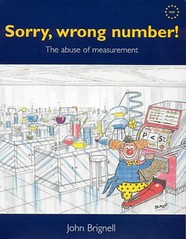Alternate Energy Corporation Product in YYYY?
The latest press release describes their running a small engine. A couple of statements stand out.
The purpose of the demonstration was to provide a complete overview of the unit's functionality while showcasing some of its key benefits, including portability, safety and environmentally friendly by-products.The by-product of their process is metal oxides soaked in caustic liquid. What is it they do at their demonstration to show that stuff is safe? I'm not saying it's dangerous. But how do they demonstrate that?
Also their boilerplate now includes the claim that they "shipping initial hydrogen production and electricity generation systems later in 2005". Ah, so that's when they plan to have a product. Their FAQ has been answering the question:
2) To whom will you be selling the product and when?
Though much is contingent on funding and/or the securing of suitable manufacturer/distributor alliances, marketing and manufacturing plans are currently being developed for AEC to have its hydrogen production technology deployed with various partners within one year (2004).
So, as late as a year ago, Alternative energy corporation was claiming they would have a product last year. And now, their FAQ simply doesn't answer the "when will you have a product" question.

